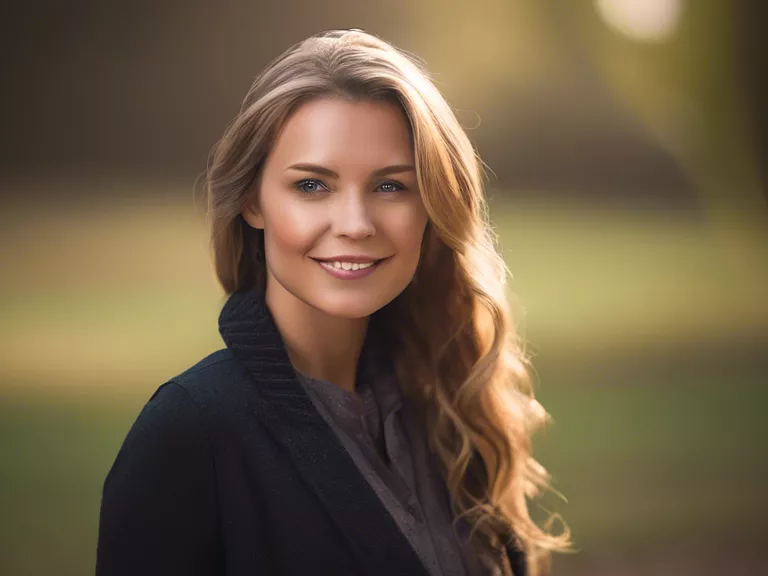
Taking nighttime photos can be challenging, but with the right techniques, you can capture stunning images using long exposure. Long exposure photography allows you to capture the movement of light over an extended period, resulting in unique and visually striking photos. If you want to master the art of nighttime photography, follow these tips to take the perfect nighttime photos using long exposure.
Use a Tripod: To avoid camera shake and ensure sharp images, using a tripod is essential when shooting with long exposure. A sturdy tripod will keep your camera stable during long exposure shots, preventing any blurriness caused by camera movement.
Choose the Right Location: Select a location with interesting light sources such as cityscapes, traffic lights, or starry skies to create captivating nighttime photos. Experiment with different locations to find the perfect setting for your long exposure shots.
Set a Low ISO: To reduce noise in your nighttime photos, set your camera's ISO to a low value. A lower ISO will produce cleaner images with less digital noise, ensuring that your long exposure photos are sharp and clear.
Use a Remote Shutter Release: To avoid camera shake when pressing the shutter button, use a remote shutter release or self-timer function to trigger your camera. This will help you achieve sharper images during long exposure shots.
Experiment with Different Exposure Times: Play around with different exposure times to create different effects in your nighttime photos. Longer exposure times will result in more movement and light trails, while shorter exposure times can capture crisp details in low-light settings.
By following these tips and experimenting with long exposure photography, you can enhance your nighttime photos and create stunning images that capture the beauty of the night.



